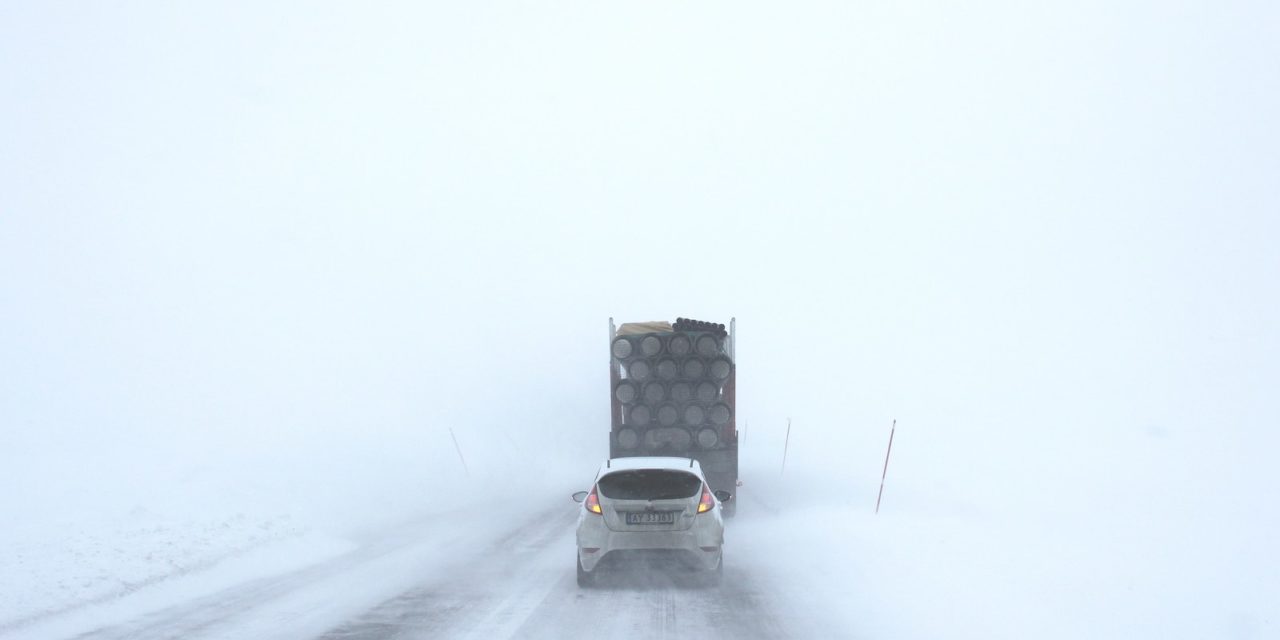 Are you going to be driving in the snow? Driving in snowy conditions may be unavoidable depending on where you live, work and play.
Are you going to be driving in the snow? Driving in snowy conditions may be unavoidable depending on where you live, work and play.
More than 70 percent of roads in the United States are located in regions with frequent snowfall, according to the Federal Highway Administration (FHA). And nearly 70 percent of the population live in these areas. Many people are on the road each snow season, and the numbers reflect the danger.
Yet, for many, driving on wet or snowy roads is unavoidable. The main tip for driving in the snow is to replace your tires with snow tires and understand that acceleration, braking, and control are less responsive than when driving in dry conditions. Just because you have snow tires doesn’t mean you can go the same way in dry conditions.
Snow Tires, Studded Tires, Siping, and Snow Chains
Snow tires, also called winter tires, have a tread design with more significant gaps than conventional tires, increasing traction on snow and ice. Tire siping – cutting thin slits across the surface of a tire – is a process to improve traction for driving in snowy, wet or icy conditions.
Using your all-season tires for everyday driving in less harsh conditions is acceptable. Otherwise, use snow tires in winter for potential travel on snow-covered roads. Winter tires can be essential even if you have an all-wheel-drive or four-wheel-drive automobile.
“If the tires are heavily worn or of a type that is not suitable for snowy/icy/extremely cold conditions, even the best AWD or 4WD systems won’t be able to overcome the traction limitations posed by the tires,” Bridgestone Tire says. “That’s why, if you must drive in severe winter weather, installing a set of winter snow tires can dramatically improve vehicle control regardless of the drive system.”
Should you use studded snow tires? Studded tires have metal studs inserted into the tread to increase grip on ice, making it easier to start and stop on the least friendly road surfaces imaginable, according to Michelin, one of the largest tire manufacturers in the world.
Studded tires provide the best traction you can get, even when encountering ice or packed snow, according to Les Schwab Tires, a private tire retailer with nearly 500 locations in the Western U.S. “They help break through packed snow and ice-covered roads to give you better traction.”
Studded winter tires are always permitted in some states – like New Hampshire and Colorado, restricted in others – like Connecticut and California, and not allowed in a few – like Texas and Michigan. Check your state here.
Consider snow chains. Whether or not you put on snow chains depends on where you live and the conditions. You will not see many cars with snow chains on the Eastern side of the U.S., but when you get to the Rockies, it is essential to have them on hand for driving in some areas.
AWD vs 4WD vs FWD vs RWD
Are you driving a car equipped with all-wheel-drive (AWD), four-wheel-drive (4WD), front-wheel-drive (FWD), or rear-wheel drive (RWD)? Each drive system has pros and cons, and you need to know its capabilities on the road. Here’s how to look at the different drives and their capabilities, according to U.S. News & World Report.
FWD vehicles provide superior traction compared to RWD cars in rainy and snowy conditions, but they can lose grip easier than AWD vehicles. AWD vehicles have better traction than front-wheel-drive vehicles since every wheel gets power. Three others can work to regain traction if one tire begins to slip.
Not all AWD systems work the same way. Some systems deliver power to all four wheels at all times, and other AWD systems are considered part-time since the rear wheels only get power when necessary.
AWD cars and SUVs are ideal for driving over snow-covered roads and in various off-road conditions, but not on slick ice.
4WD systems send equal amounts of power to all four wheels simultaneously and are generally much more robust than AWD systems.
Travel Prepared Bonus Tips
Blizzards are predictable. When you hear about bad weather coming, pay close attention. You do not want to get caught in one of these storms.
Always have a full tank of gas. A typical 15-minute drive could take two-to-three hours if there is traffic related to sleet and snowfall. A full tank of gas reduces the likelihood of running out of gas in a storm.
Top off your antifreeze and your windshield wiper fluid. You’ll likely use a lot of wiper fluid in a snowstorm, so keep two extra gallons in your car.
Pack your car with emergency supplies. Warm clothing, including a pair of winter boots, a warm parka, a wool hat and waterproof mittens; hand and foot warmers; a sleeping bag; a small shovel to clear out the exhaust pipe, if needed; a ready-made snow safety kit.
Slow Down
Even if you have all you need to be prepared and your car is in top shape, remember to drive at the speed you can safely control your vehicle. No matter what your experience level, everything is going to take longer. Your reactions will be slower, turning the wheel will take more time, braking distances will be longer, and you won’t be able to do lane changes as fast as you usually can. Drive further behind people, and drive slowly.
Written by: Harding Bush
BIO:
Harding Bush is a senior manager for Global Rescue Security Operations and a former Navy SEAL with extensive mountain and cold weather operations expertise.




















